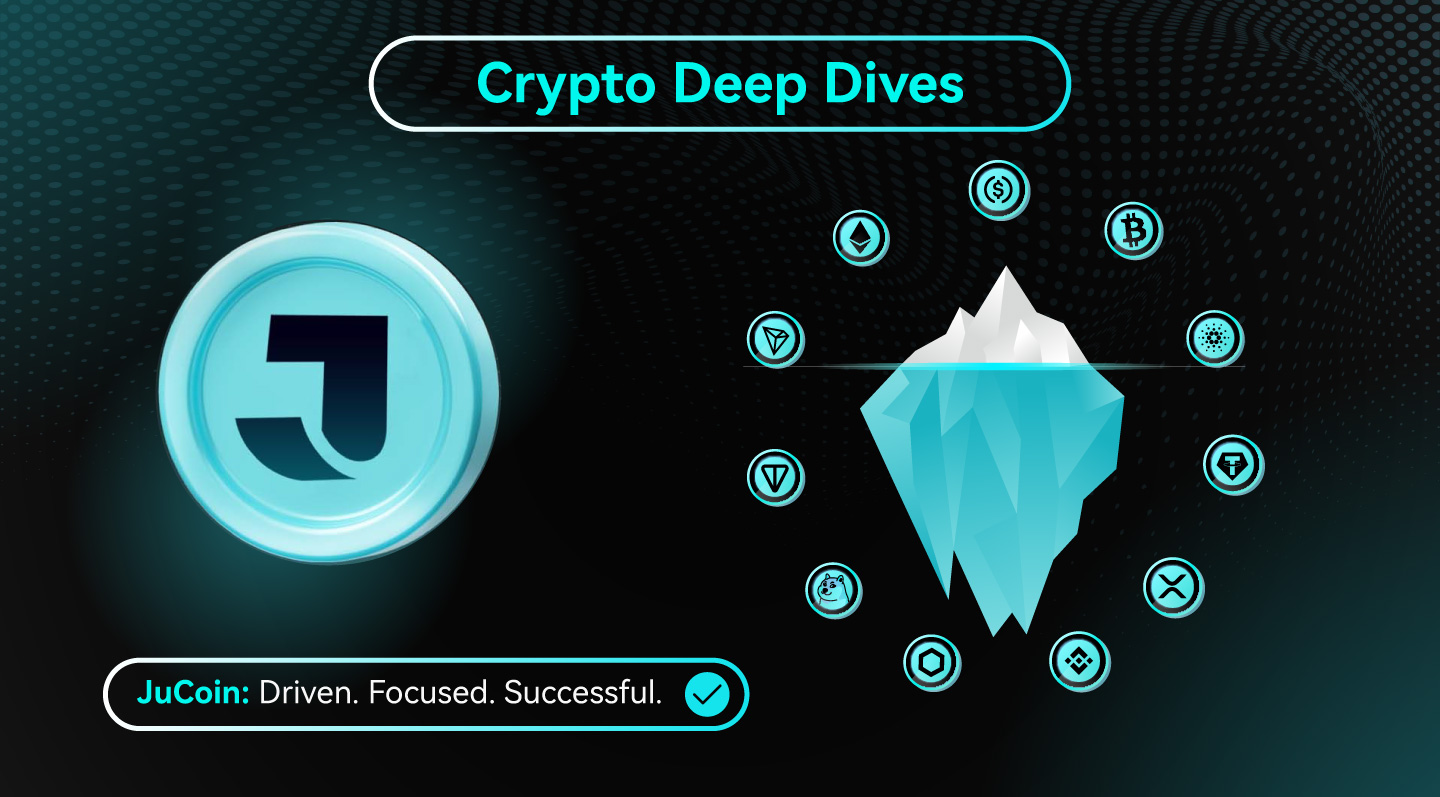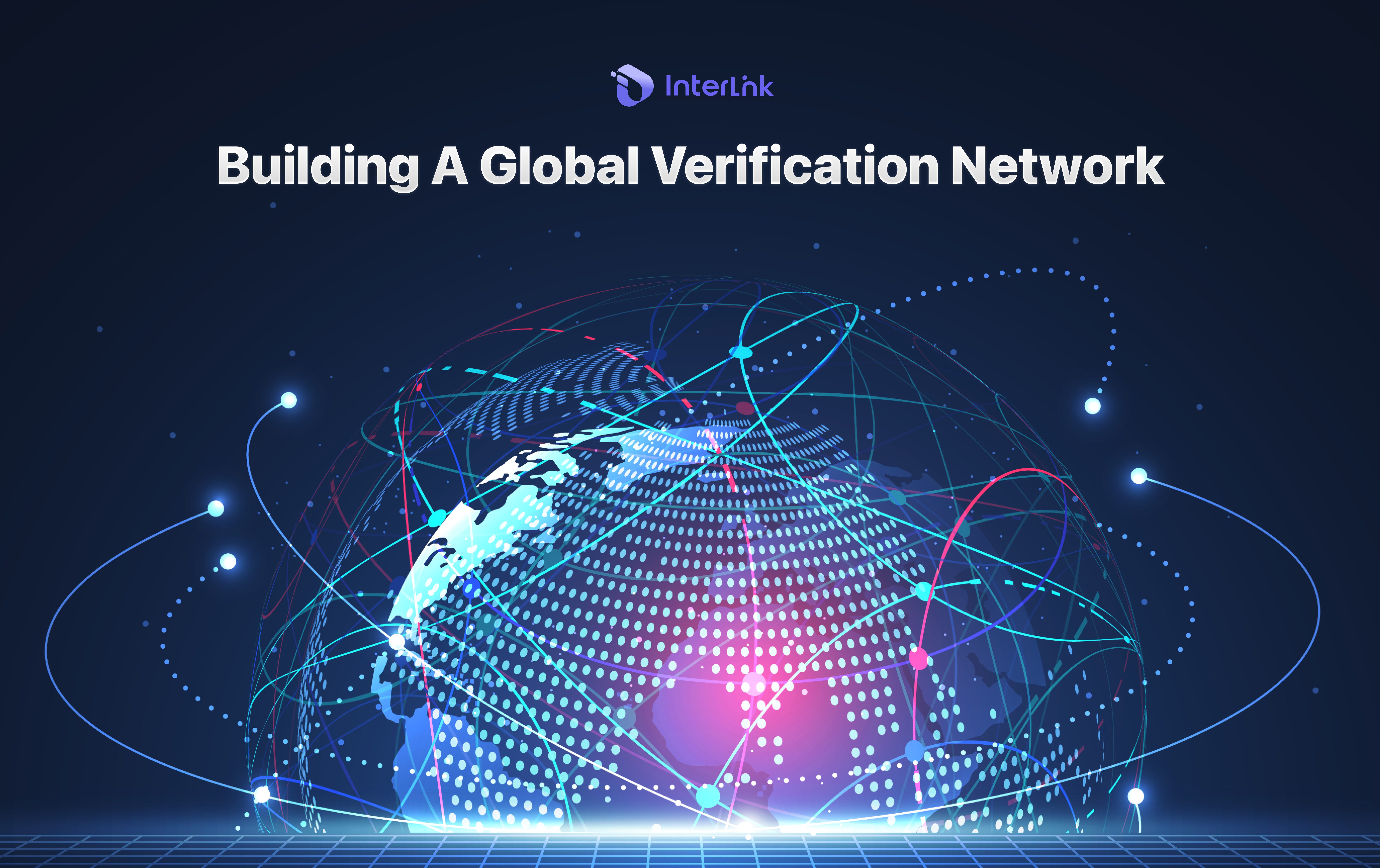
Key Takeaways
- InterLink is a decentralized, human-first infrastructure aiming to build a global network of 1 billion real people, secured by biometric-verified identity, not wallets.
- InterLink ID leverages advanced face scanning, liveness detection, and zero-knowledge cryptography to prove unique personhood without exposing private data or relying on centralized KYC.
- Self-Sovereign Identity (SSI) principles empower users with full ownership of their credentials, selective disclosure, and portable access to apps, governance, and financial services across Web3.
- InterLink App and Mini-Apps Marketplace offer seamless, human-verified access to social, gaming, AI, and finance applications—enabling bot-free, fair, and trust-based digital experiences.
- Proof of Personhood consensus and Human Node Mining ensure that only real, verified humans drive the network, preventing sybil attacks and making rewards accessible to everyone, not just early miners or whales.
- Multi-layered privacy and security architecture combines encrypted biometrics, decentralized storage, and NIST FRTE-certified algorithms, ensuring security, fairness, and global scalability.
- InterLink Wallet and SDK provide a non-custodial, multi-chain gateway and low-code integration tools, making it easy for anyone to build or access a new generation of identity-aware dApps.
- The InterLink Token ($ITL) is designed to become the world’s most widely held, human-owned digital asset, fueling governance, incentives, and economic coordination in the on-chain reputation economy.
This Crypto Deep Dives article introduces InterLink, a human-centric blockchain network designed to anchor identity, reputation, and economic coordination onchain, creating the largest, most inclusive, and Sybil-resistant human network in Web3. By fusing privacy-preserving biometrics, modular Mini-Apps, and a proof of personhood consensus, the project redefines digital trust and paves the way for fairer, more meaningful participation across the decentralized internet.
What is InterLink? A New Approach to Blockchain Identity
Traditional blockchains are built on wallets: anonymous, easily replicated, and vulnerable to bots, multi-wallet abuse, and sybil attacks. This undermines trust, distorts rewards, and blocks meaningful governance. The project flips this model on its head by making every user a real, verified human. Its mission: build a decentralized Human Network, not just a blockchain, and bring 1 billion people on-chain to power the future of identity, applications, and economic coordination.

How the InterLink Ecosystem Works: Products and Core Components
At the core of the project is the InterLink ID: a privacy-preserving, biometric-verified digital identity. InterLink ID lets users verify their humanness using advanced face scanning and liveness detection, generating a unique, non-transferable ID that unlocks seamless access to all Mini-Apps and integrated platforms.
This architecture is modular: developers use the InterLink MDK (Mini-App Development Kit) and SDKs to create decentralized Mini-Apps for social, gaming, AI agents, and finance, instantly accessible via the App and its built-in marketplace. External apps can plug into its identity layer through the Human Auth SDK, spreading trusted access across Web3.
All identity data and credentials are managed with Self-Sovereign Identity (SSI) principles—only the user holds their credentials, which can be selectively disclosed to prove facts (e.g. “over 18” or “KYC verified”) without exposing personal information.
How InterLink ID Works: Biometric Proof of Personhood
- Face Scan & Liveness Detection: Users verify themselves by taking a live facial scan, checked for deepfakes or spoofing.
- Biometric Hashing: The system converts the scan to an encrypted, non-reversible biometric hash, never storing raw images or data.
- Decentralized Storage: All identity data is securely distributed across decentralized infrastructure (e.g., IPFS/Arweave) to prevent tampering and ensure sovereignty.
- Zero-Knowledge Proofs: Users can prove personhood or credentials (e.g. age, nationality, bank account ownership) without sharing underlying data, future-proofing privacy as ZK tech matures.
The biometric algorithms are NIST FRTE-evaluated for accuracy, fairness, and robustness, offering strong, unbiased performance even as faces age or across demographic lines.
InterLink SSI: Self-Sovereign Identity and Credential Management
InterLink ID adopts a Self-Sovereign Identity (SSI) model. Credentials—government IDs, financial proofs, or other verifications—are issued by trusted third parties and stored only on the user’s device. Through selective disclosure and zero-knowledge attestations, users can prove what’s necessary to access apps, rewards, or comply with regulations, while keeping personal data private.
This model eliminates the risks of centralized KYC, making your identity portable and under your control across all of Web3.
InterLink Human Node Mining: Rewards for Verified Participation
Unlike traditional mining that favors hardware or capital, the project introduces Human Node Mining:
- Every verified person becomes a Human Node, earning mining rewards by participating in the network.
- No rigs, no expensive gear—just real human engagement. Rewards are distributed based on verified presence and activity, making mining truly fair and inclusive.
- The process is eco-friendly, consuming minimal energy and removing technical barriers for participation at a global scale.
InterLink Proof of Personhood: Sybil Resistance and Governance
The InterLink Chain secures the network using Proof of Personhood (PoP)—a consensus protocol where only verified humans (not bots or whales) can serve as validators. Validators prove their unique identity using InterLink ID and privacy-preserving cryptography, ensuring Sybil-resistance, fairness, and true decentralization.
Block construction gives “top-of-block” priority to verified human transactions, enabling innovations like one-person-one-vote governance and equitable reward distribution.
Privacy and Security in InterLink: Biometrics, Storage, ZK Technology
- Encrypted Biometric Data: All biometrics are encrypted at source; raw data is never stored or exposed.
- Decentralized Storage: Identity data is stored across distributed networks, eliminating single points of failure.
- Zero-Knowledge Proof Readiness: Users can prove facts about themselves without revealing underlying data, supporting on-chain privacy for voting, governance, and more.
- State-of-the-art anti-spoofing: Advanced liveness detection, TrueDepth camera integration, and video-based security defeat even sophisticated attacks.
InterLink App and Mini-Apps: Real Human Access to Web3 Services
The InterLink App is the user’s gateway—securely managing InterLink ID, accessing Mini-Apps, tracking rewards, and participating in a vibrant on-chain ecosystem. With a single scan, users verify their humanity and unlock seamless, privacy-preserving access to AI, games, finance, and social applications—all without new sign-ups or repeated verifications.
Mini-Apps are modular, developer-friendly, and identity-aware, delivering trust and fairness that generic app stores can’t match. As the ecosystem grows, the project aims to become the world’s largest decentralized Mini-App marketplace, setting a new standard for digital interaction.
InterLink Wallet: Multi-Chain Identity-Based Web3 Wallet
The InterLink Wallet is built natively into the app, enabling secure, non-custodial management of assets across Ethereum, BNB Chain, Polygon, Solana, Tron, and more—no need to switch wallets or compromise user experience.
With human-verified access, users explore games, earn rewards, access DeFi, and more, ensuring all participation is bot-free, fair, and accountable.
InterLink SDK for Developers: Build Identity-Aware dApps
The InterLink SDK makes it easy for builders to integrate verified identity, authentication, and AI-powered features with minimal code. Modular APIs, robust security, and low-code tools empower startups and enterprises alike.
To foster innovation, the project has launched a 500M $ITL grant program, encouraging developers to build AI-powered, human-centric apps and contribute to the growth of the Human Network.
InterLink Roadmap: Next 5 Years of Product and User Growth
- 2025: Launch core products (InterLink ID, App, Chain, SDK, Wallet), reach 10M verified users, release InterLink Card, and achieve top-10 NIST biometric benchmarks.
- 2026: Focus on AGI and personalized AI agents, grow global developer community, prepare for U.S. stock listing, and expand the Token adoption through UBI and broad distribution.
- 2027-2030+: Target 1 billion verified users, position $ITLG as a global payment method for the unbanked, and become the most widely held digital asset, with daily Mini-App activity rivaling top global app stores.
InterLink Token ($ITL): The Digital Asset for Human-Centric Blockchain
InterLink Token ($ITL) is the native digital asset of the ecosystem, designed to become the most widely held, human-owned token on the planet. Unlike early cryptocurrencies dominated by capital or hardware, the token is earned by people, not bots, anchoring economic coordination, governance, and reputation for a fairer on-chain future.
Where Bitcoin proves computational power, the token proves humanity, making it the economic layer for the world’s first true Human Network.
Conclusion: InterLink and the Future of Human-Centric Blockchain Networks
InterLink sets a new standard for digital trust, fairness, and inclusivity—bringing real humans, not just wallets, to the heart of the decentralized internet. By combining cutting-edge biometrics, privacy-first self-sovereign identity, developer empowerment, and a fair consensus mechanism, it is building a network where every person matters.
As the world’s first and largest human network on-chain, the project unlocks new opportunities for governance, rewards, and meaningful participation, transforming how we build, trust, and interact in Web3 and beyond.






